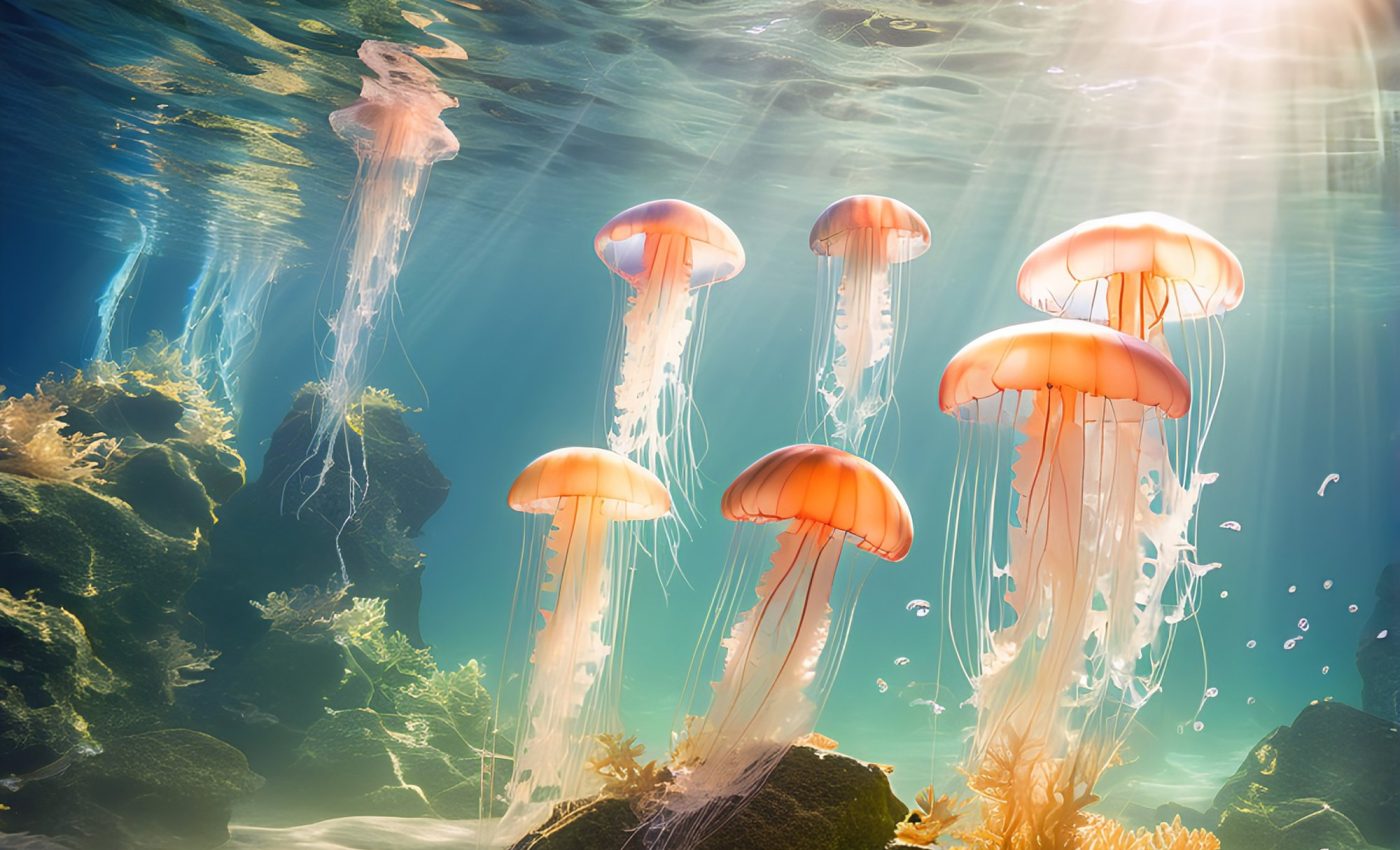
'Ocean of Things' robotic technology will transform ocean data collection
Data collection is set to transform dramatically with the “Ocean of Things,” a future network where trillions of interconnected devices will transmit vast amounts of data globally. This advanced system promises to revolutionize how we monitor our world.
We are entering a new era. Everything, from the largest structures to the smallest gadgets, will become a source of data. These data sources will provide real-time insights across various domains.
However, with 71% of Earth’s surface covered by water, gathering accurate and comprehensive information from these vast and often inaccessible oceans presents unique challenges that must be overcome.
Innovations in ocean data collection
Responding to these challenges, the U.S. Defense Advanced Research Projects Agency (DARPA) developed an ambitious program called the “Ocean of Things.”
The initiative aims to create a vast network of data-collecting devices across the world’s oceans to better understand and monitor these critical environments.
Enter the research teams from Binghamton University’s Thomas J. Watson School of Engineering and Applied Science, who have taken on this challenge with enthusiasm and expertise.
Over the last decade, they have been hard at work, pushing the boundaries of technology and creating groundbreaking innovations under the banner of the Center for Research in Advanced Sensing Technologies and Environmental Sustainability (CREATES).
A significant part of their pioneering research has been funded by the Office of Naval Research, with a focus on developing bacteria-powered biobatteries capable of operating in the ocean for up to 100 years, providing a sustainable and long-lasting energy source for aquatic robots and sensors.
Introducing the “bug” for ocean data
Leading the way are Professor Seokheun “Sean” Choi, PhD student Yang “Lexi” Gao, and Anwar Elhadad, PhD, who have developed a self-powered aquatic “bug.”
The microscopic robot is a marvel of mechanical engineering, capable of skimming across the water and gathering critical environmental data. This robot’s technology builds upon the bacteria-powered biobatteries.
Using a Janus interface that allows nutrients into the device and powers bacterial spore production, these skimmers can function in adverse conditions where solar, kinetic, or thermal energy systems might fail.
“When the environment is favorable for the bacteria, they become vegetative cells and generate power, but when the conditions are not favorable, they go back to spores. In that way, we can extend the operational life,” explained Professor Choi.
This innovation has allowed the Binghamton team to develop robots that generate close to 1 milliwatt of power, sufficient to operate mechanical movements and data-tracking sensors.
An upgrade in oceanic surveillance
The capacity to dispatch these robots wherever they’re needed offers a significant improvement over the current “smart floats,” which are stationary sensors anchored in one spot.
The bugs can track a wide variety of environmental data, such as water temperature, pollution levels, commercial vessel and aircraft movements, and even the behaviors of aquatic animals.
Optimizing ocean data collection
The next phase for these aquatic robots involves ascertaining which bacteria are most efficient for energy production in the harsh ocean conditions.
“We used very common bacterial cells, but we need to study further to know what is actually living in those areas of the ocean. Maybe using machine learning, we can find the optimal combination of bacterial species to improve power density and sustainability,” said Professor Choi.
This research holds the potential to revolutionize not just the field of aquatic robotics, but our interactions with the “Ocean of Things” as well.
Implications for environmental monitoring
Self-powered aquatic robots like the “bug” mark important progress in monitoring and protecting the environment.
As these efficient data-gathering devices autonomously traverse vast and often inaccessible marine areas, they can provide real-time insights into the health of our oceans.
This capability is crucial for tracking the impact of climate change and assessing the efficacy of conservation efforts. Additionally, it enhances our understanding of marine ecosystem dynamics.
Such detailed data collection may inform policies aimed at preserving biodiversity while improving our ability to swiftly respond to environmental crises.
Integrating machine learning to optimize bacterial efficiency demonstrates a forward-thinking approach to sustainable energy. It shows how cutting-edge technology can be used for ecological benefit, paving the way for a future where technology and environmental stewardship can co-exist in harmony.
The study is published in the journal Advanced Materials Technologies.
—–
Like what you read? Subscribe to our newsletter for engaging articles, exclusive content, and the latest updates.
Check us out on EarthSnap, a free app brought to you by Eric Ralls and Earth.com.
—–













